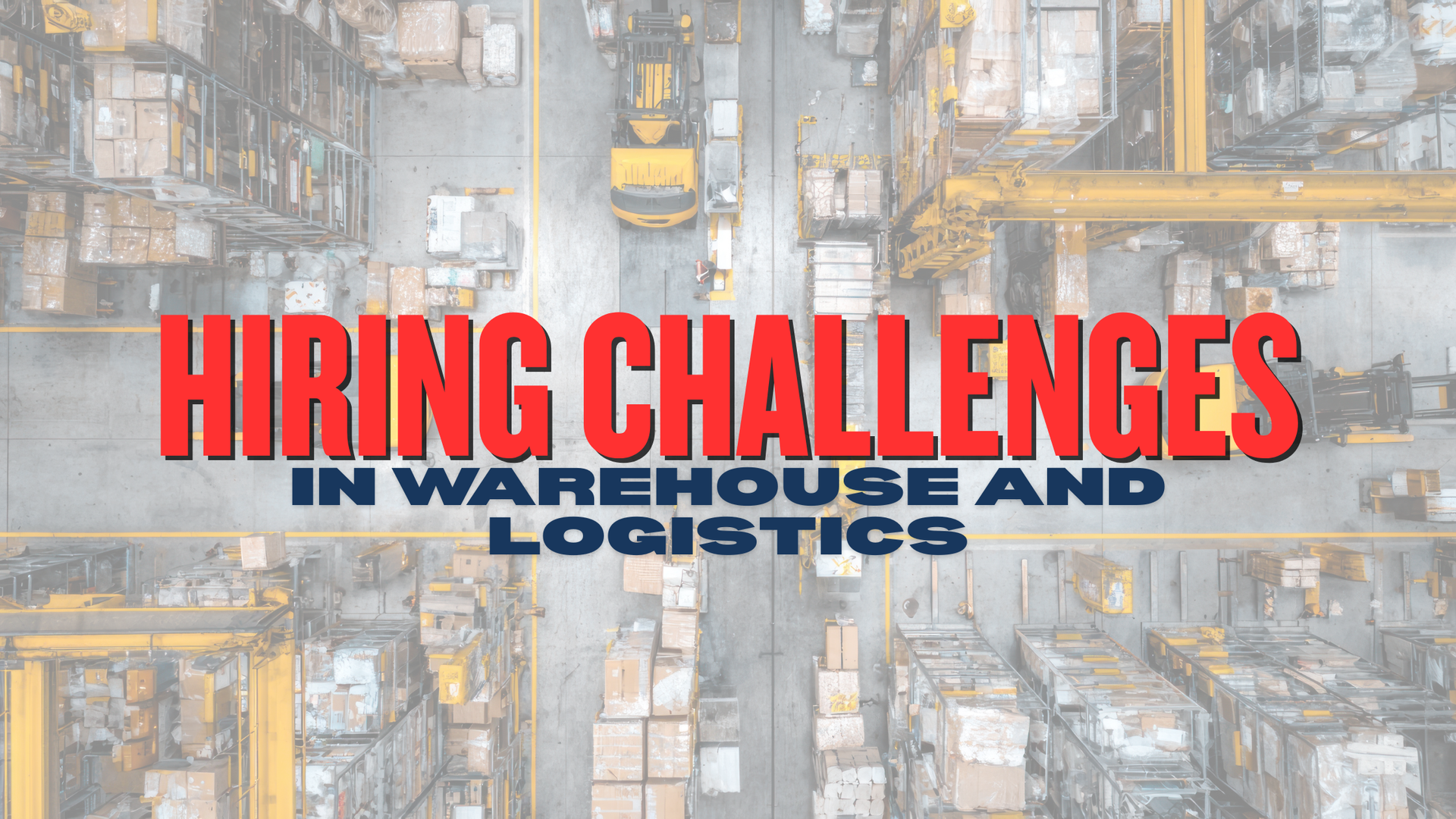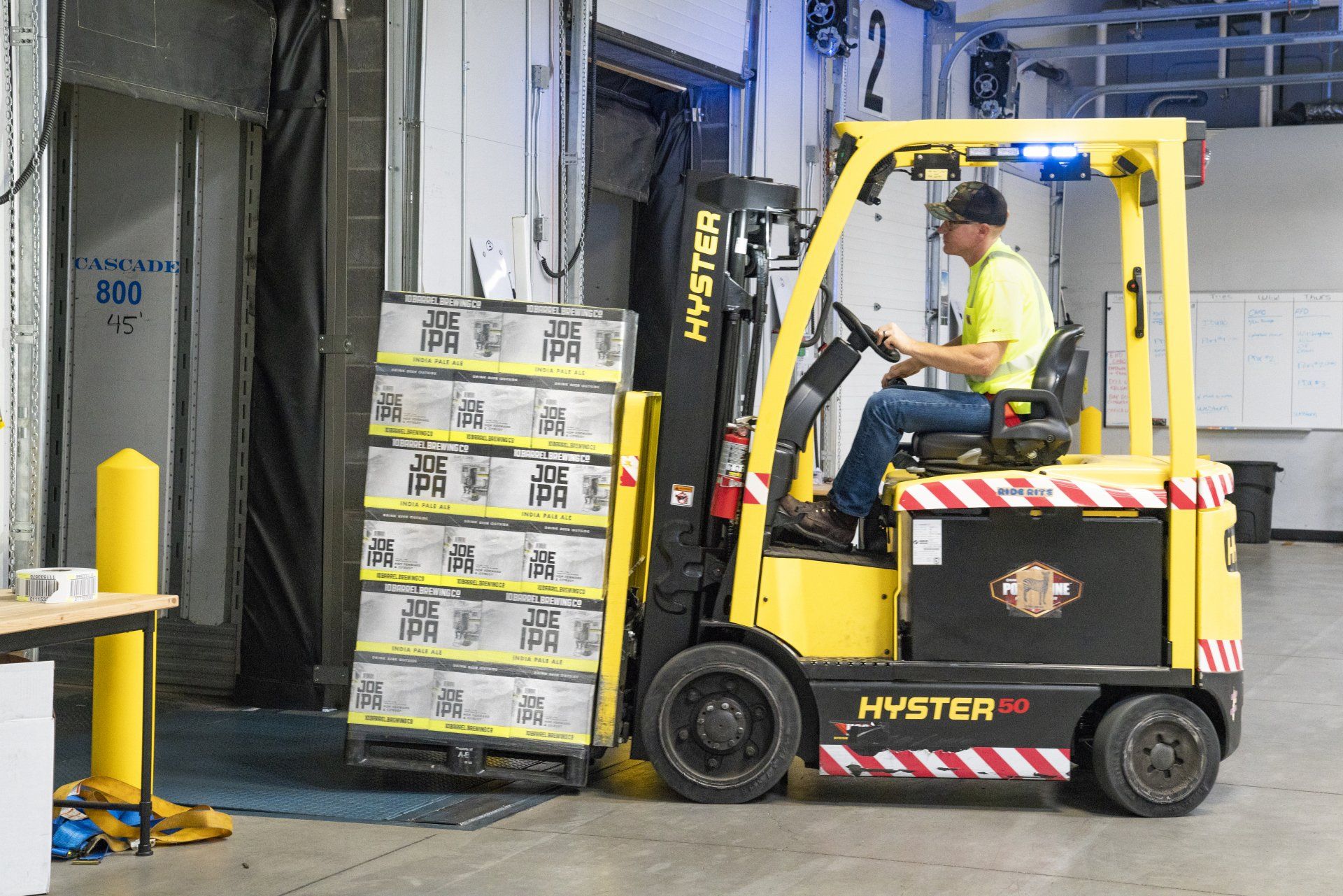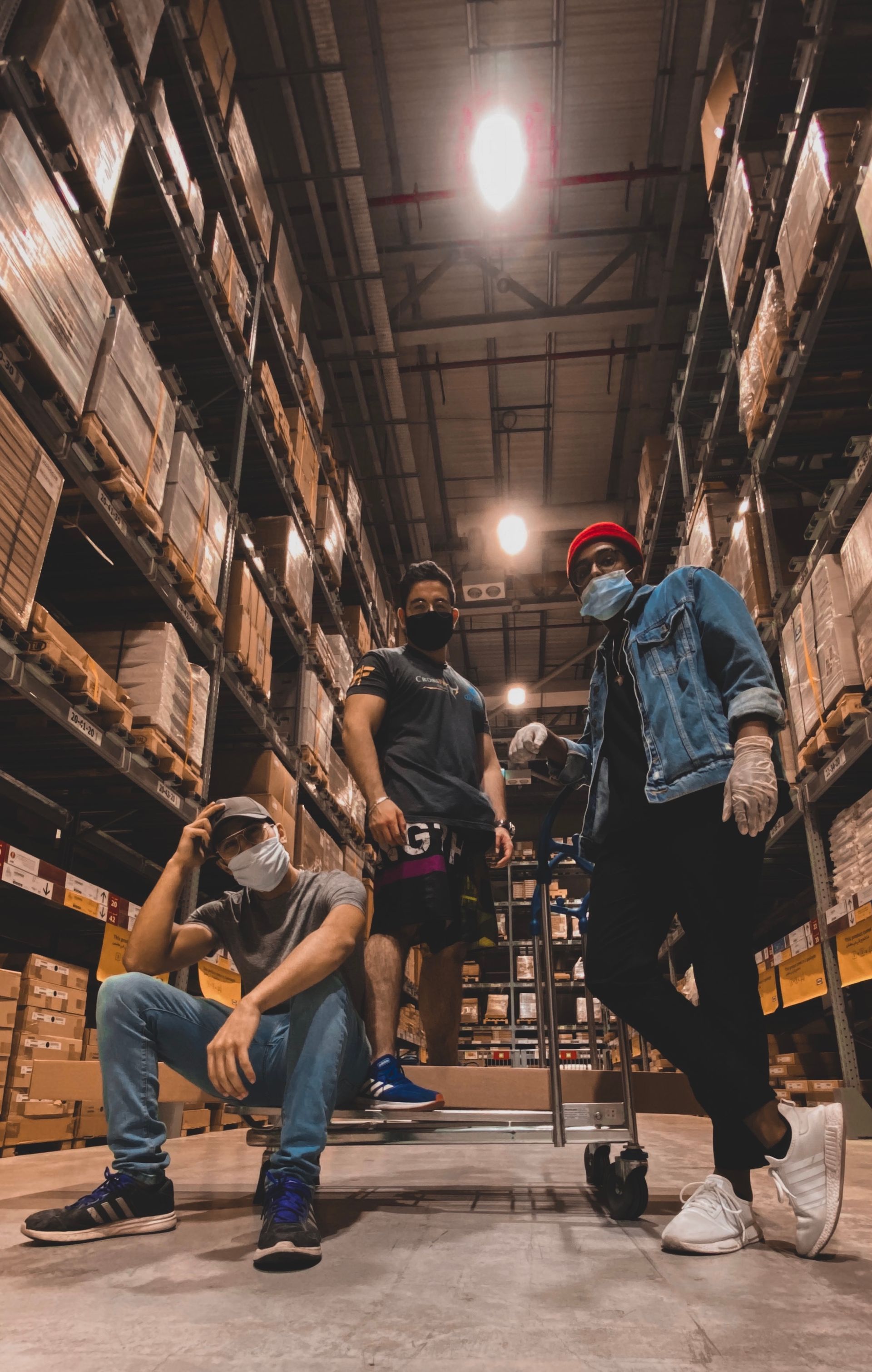Preparing for a Video Call Job Interview is This Easy!
The world is adapting to the current situation by digitalising processes and procedures. For anyone looking for a job during the pandemic, a new trend is the uprise of video call job interviews. They allow for people to socially distance, work from home and follow all the restrictions that are currently in place. Now that the employment and recruitment industries have enforced the video job interview system, it is likely that this process will continue beyond the pandemic.
If you are going to participate in a Zoom, Skype or Google Hangouts job interview, it is important to prepare yourself and your space before joining the call. These are simple tips that can help you prepare.
1. Have your meeting link ready
There is nothing more stressful than not being able to find the meeting link a few minutes before the interview. If you do not find it you will be late for the interview and most likely miss it. That is not a good first impression and it would most likely have an impact on your application. To make your life less stressful before your interview, once you have got the interview scheduled, save the meeting link in an easy and accessible place on your phone, laptop, tablet or computer.
2. Prepare your space
Unlike an in-person interview, the recruiter does not just have an opportunity to observe you but they get a glimpse of your home life. Preparing a space in your house that is clean and well lit will allow you to not only look more professional but feel it! If you can find a plain white wall in your home that is near a window, that is the best place to have an interview as it is clean and well-lit. If not, having a well-lit and clean wall, any other clutter-free wall as a background would be fine. Zoom has the option to display virtual backgrounds. In an interview, I would suggest staying away from using these as they can become distracting and you may encounter technical difficulties.
3. Try to find a quiet place
Along with the clean space, try to find a spot to yourself away from the family for half an hour that is as quiet as possible. For some families, this may be impossible which the recruiter should understand. If a quiet space is not possible, this takes me to my next point...
4. Use headphones
Headphones, earphones, AirPods, earbuds, anything that controls the sound you are hearing and giving back is important. A lot of problems can occur during video chats related to sound. If you have a noisy background, it may overpower the recruiter/interviewer and you may miss some important questions.
On top of this, another option to reduce noise from your end of the call is muting yourself when the interviewer or recruiter is talking. To ensure that they are aware of this, inform them about your noisy situation and that you are going to mute yourself when they are talking to make the video call more fluent.
5. Look professional
Just because it is a video call that does not make it any different from a regular, in-person interview. Make yourself look professional and approachable and ensure you dress in professional clothing. Just because you are at home, it does not mean you can show up to the video interview in a jumper and trackie pants. If you have a morning interview, wake up early and get yourself prepared. A good tip is to brush your teeth before the interview, although they can't smell your breath it will make you feel fresh and ready for an interview!
Remember that video job interviews should be prepared for as you would for an in-person job interview. Instead of finding the address of the meeting place, find and have in a secure place the link to the video interview.
If you are looking for more tips on how to prepare for a job interview, the video above states some more. You can also find more tips on how to prepare for any interview through our post Job Interview Preparation Guide.
If you have any other job search questions that you would like answered, send us a message on our Facebook or LinkedIn.










